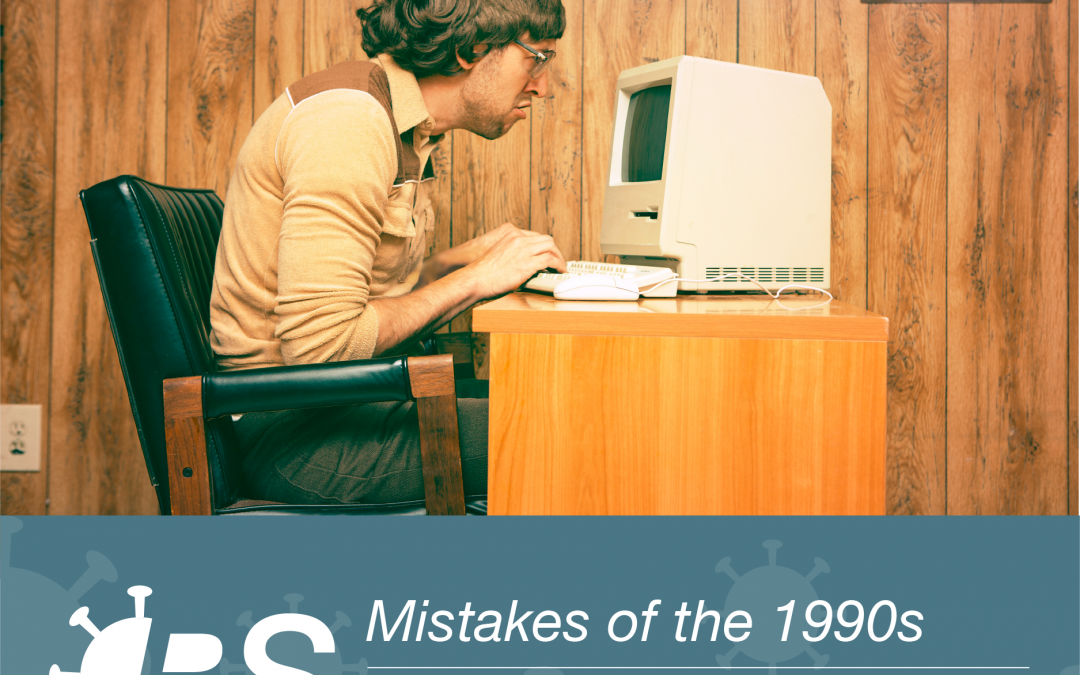The average person might look at recessionary events like the ones caused by the COVID-19 pandemic as an abnormal event, in reality however, these economic fallouts resulting from global catastrophes are a relatively frequent occurrence. The National Bureau of Economic Research in the US shows that with over 150 years of recorded business cycle expansions and contractions, a recession can be expected every 5-15 years. A recession’s impact can vary across different industries and affect individuals in a variety of unexpected ways — the commercial real estate sector is no exception to the rule.
Looking back over the past 30 years, we’ve seen three cases that affected commercial real estate where Real Strategy Advisors believes that useful lessons can be drawn. These would be the early 1990s recession (which we’ll be covering here first), the dot-com bubble bursting in the early 2000s, and the 2008 financial crisis. Real Strategy Advisors suggests looking back on and learning from previous historical incidences of economic downturn to help inform us.
Until recently, the trend with respect to Ottawa’s downtown core has been that of steady hiring in government, an expanding technology sector, and the unveiling of a new LRT system. Economic growth fuelling these activities had produced increased tenant demand leading to the lowest local vacancy rates in decades. However the coronavirus has brought virtually all economic growth to a halt and combined with subsequent announcements by companies going remote-work first during the interim, there’s lots of speculation abound on what’s to come.
Let’s Take a Look Back at the Early 1990s…
First, let’s start out by revisiting a (not so?) distant time: the 1990s. The recession began in 1990 but peaked in 1993. Canada’s deficit was a record $42 billion which caused international agencies to lower the country’s credit rating and spurred speculation on whether Canada would need international subsidy. By 1995, unemployment in Ontario specifically was the highest it had been since the Great Depression and some commercial properties lost as much as half their value.
Former Prime Minister Paul Martin, federal Finance Minister at the time, was forced to cut government spending by $25 billion over three years. Austerity measures included everything from changes to programs like EI and government pensions, 45,000 government job cuts to downsize departments and reduced business subsidies. Ultimately, the budget was balanced and Canada went on to enjoy five consecutive surpluses afterward, but the financial discipline didn’t come without its impacts.
But What Happened in Ottawa?
During this recession, Ottawa’s local economy, inextricably tied to the federal government, was one of the hardest hit cities and became one of Canada’s poverty capitals. Ottawa’s labour force was made up of primarily public servants or were employed by organizations funded directly (or indirectly) via government spending. Almost 40% of the aforementioned job cuts were centred in Ottawa. The real estate result, like many other markets, was one of decimation (both residentially and commercially speaking).
In terms of Ottawa’s commercial real estate market, the precipitous decline in business revenue led to companies downsizing, rental rates dropping, and private developers having to sell their properties at highly reduced prices. Institutional investors such as life insurance, pension, and investment funds went on a buying spree. This transition can be marked as one from private to institutional in terms of ownership and operation.
What Can We Learn in a COVID-19 Context?
When this particular economic crisis hit, the federal government contracted, auxiliary businesses were affected, and office space demand drastically reduced. The combination proved lethal in terms of Ottawa for the exact reasons it’s traditionally a stable market — it’s a government town! Although it’s too early to predict the level of austerity measures the federal government might impose, Real Strategy Advisors is already seeing the reduced demand for office space and the potential for rental rates to take a hit. Businesses whose models depend on physical foot traffic are at a heightened risk due to mandates with re-opening.
There are definite similarities from a market demand and supply side, but the difference between then and now is that we don’t know what, if any, government jobs will be affected. More importantly, government demand for office space may be permanently reduced due to a greater number of employees working from home on a full or part-time basis. Real Strategy Advisors predicts the impact of COVID-19 on the office market will be felt for a very long time. We suggest practicing patience, here are some ideas:
- Adopt a long-term perspective so as not to succumb to reactionary pressures — we haven’t seen the best opportunities emerge yet.
- Consider a real estate strategy that prioritizes remote capabilities while optimizing physical space for socializing and culture.
- As we reduce the footprint of our offices, make sure to allocate enough space to allow for remote workers who need/prefer to come in during “crunch times”.
Although technically the recession of the early 1990s ended after a few years, the reverberating economic effects were still being felt for close to a decade. So too will COVID-19. How this global pandemic plays out is uncertain but the challenges and growing pains ahead offer an opportunity to learn.
Please reach out to Real Strategy Advisors today for consulting advice concerning commercial brokerage and negotiations — we’d love to help!
Please click here to read Part 2: https://realstrategy.com/when-the-bubble-burst-lessons-for-covid-19/

